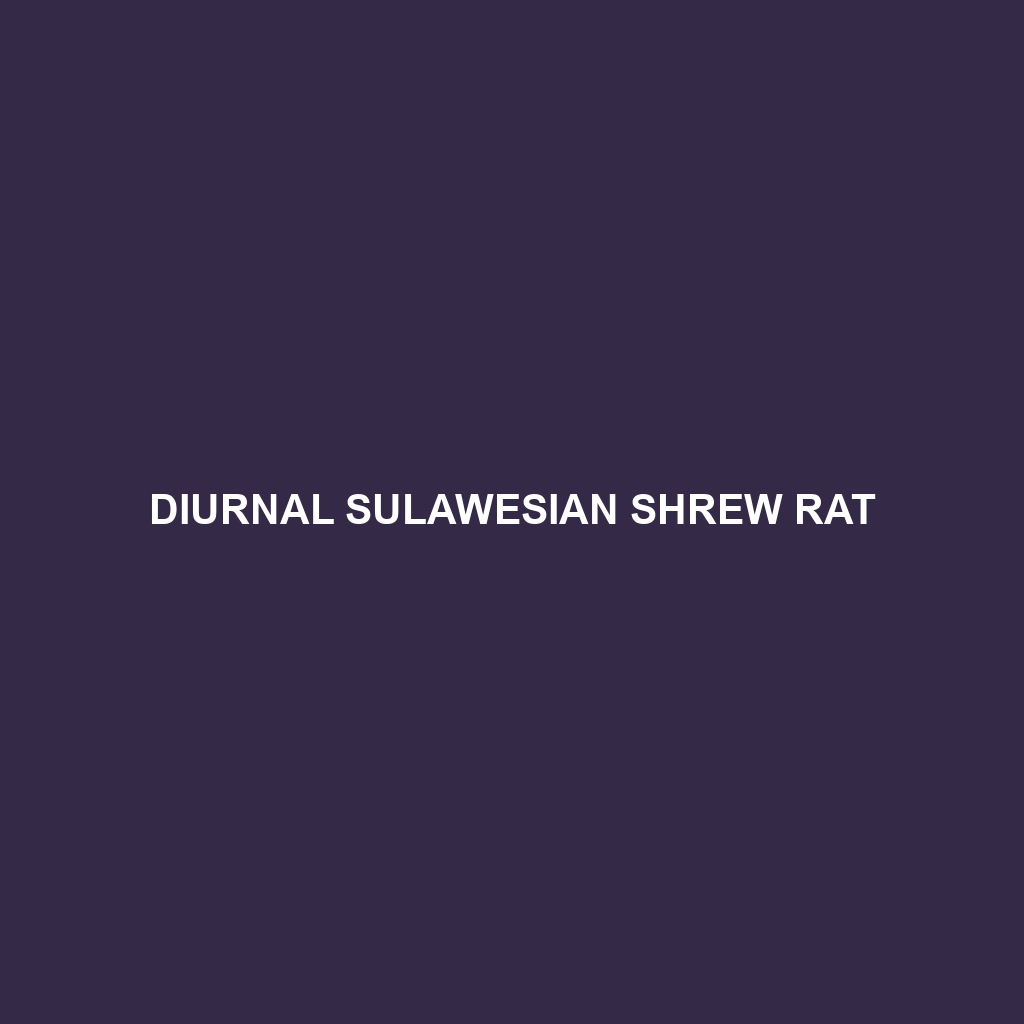Rwenzori Shrew Species Description
Common Name: Rwenzori Shrew
Scientific Name: Crocidura rwenzorensis
Habitat: The Rwenzori Shrew is primarily found in the **Rwenzori Mountains** of Uganda and the **Eastern Democratic Republic of Congo**. This species thrives in moist montane forests and grasslands, typically residing at elevations ranging from **2,500 to 4,000 meters**. The cooler, temperate climate of this high-altitude region provides an ideal environment for the Rwenzori Shrew, which is adapted to such habitats.
Physical Characteristics: The Rwenzori Shrew is relatively small in size, measuring about **10 to 12 cm in body length**, with a tail that is nearly equal to or slightly shorter than its body. Its dense fur is predominantly **dark brown to grayish**, with lighter underparts. Notable features include a pointed snout and small, beady eyes, which contribute to its distinctive appearance. The shrew has robust feet adapted for digging and foraging in leaf litter.
Behavior: Rwenzori Shrews are primarily nocturnal, exhibiting a range of behaviors typical of small mammals. They are known for their **active foraging** habits, searching for food in the underbrush during the night. These shrews are solitary creatures and tend to have well-defined territories. They communicate through a series of high-pitched squeaks and engage in grooming to maintain their fur. Their agility and swift movements make them proficient at escaping predators.
Diet: The Rwenzori Shrew primarily feeds on insects and other small invertebrates, including earthworms and slugs. It uses its keen sense of smell to locate food hidden in the leaf litter. This diet plays a crucial role in controlling insect populations within its habitat. The shrew may also consume small amounts of plant material, particularly when other food sources are scarce.
Reproduction: The reproductive season for the Rwenzori Shrew typically occurs during the warmer months, with breeding often peaking in the spring. After a gestation period of approximately **three weeks**, females give birth to **two to six young**. The offspring are born blind and are cared for by their mother until they are independent. This species demonstrates a notable level of parental investment, with females providing protection and nourishment to their young.
Conservation Status: The Rwenzori Shrew is currently listed as **vulnerable** due to habitat loss from deforestation and human encroachment. Conservation efforts are essential to protect this species and its natural habitat, as it plays a significant role in the montane ecosystem.
Interesting Facts: One fascinating aspect of the Rwenzori Shrew is its ability to survive in extremely cold temperatures typical of its high-altitude habitat. Additionally, it is one of several species of shrews endemic to the Rwenzori Mountains, making it an important subject of study for conservationists interested in biodiversity in this unique region.
Role in Ecosystem: The Rwenzori Shrew plays a vital role in its ecosystem as a predator of insects, helping to maintain the balance of species within its habitat. Its activity contributes to soil aeration through its digging behavior, which can enhance nutrient cycling and promote healthy plant growth. As prey for larger carnivores, the Rwenzori Shrew is also an integral part of the local food web, supporting the biodiversity of the Rwenzori Mountains.
